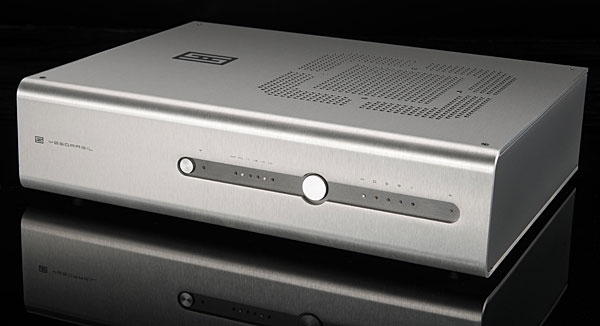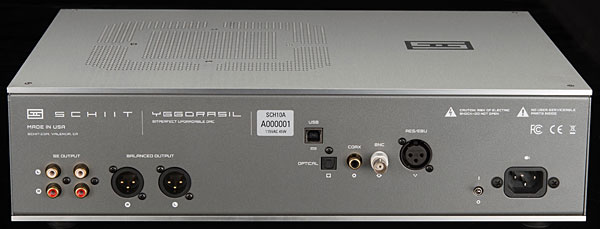| Columns Retired Columns & Blogs |
This is straight-up poetry:
"Live music may be viewed as a continuously pulsating wavefront. If you hold your hand up, you can almost feel it. Recorded music is a coded narrative simulacrum of that pulsing wavefront. If anything in the recording or playback chain interrupts, bends, truncates, or haphazardly disrupts the original (live) continuity—all the world's smart guys can never restore its hyperfragile relationships of time, frequency, and amplitude. Love, music, and poetry live only in the undamaged continuity of those relationships. (Unlike the stock market or election polling, music is not a stochastic process.)"










































